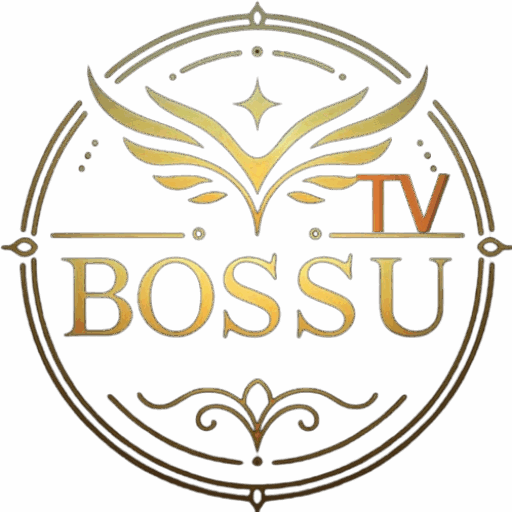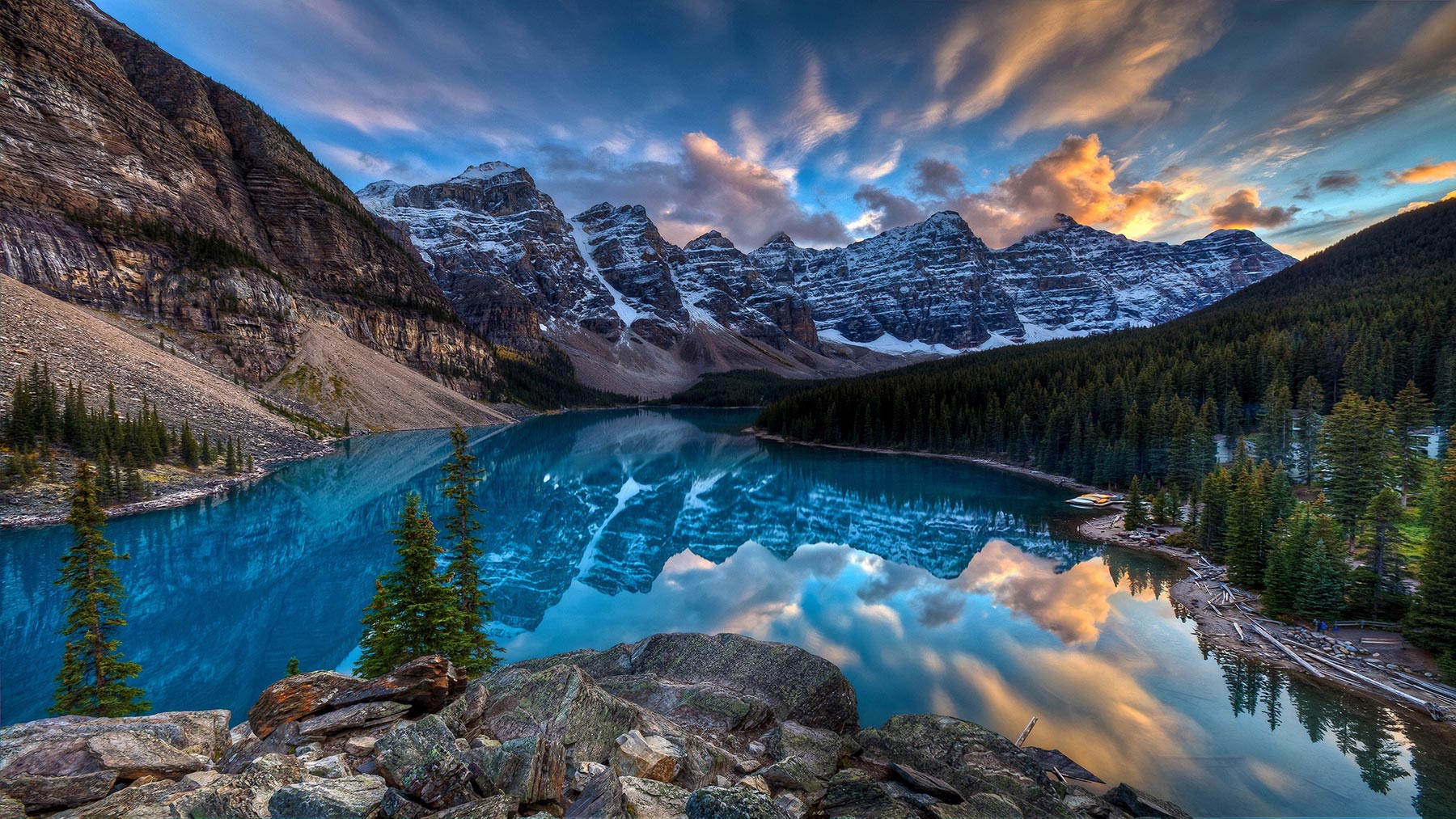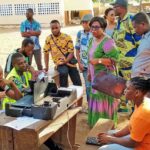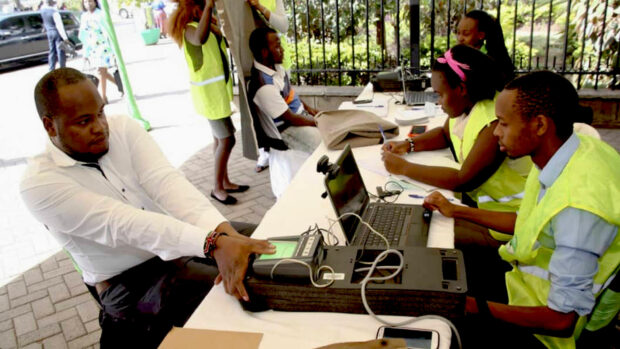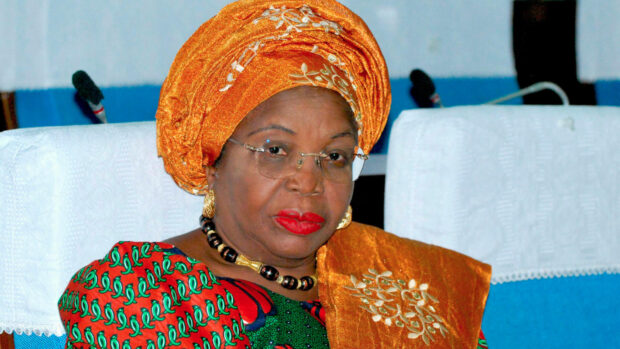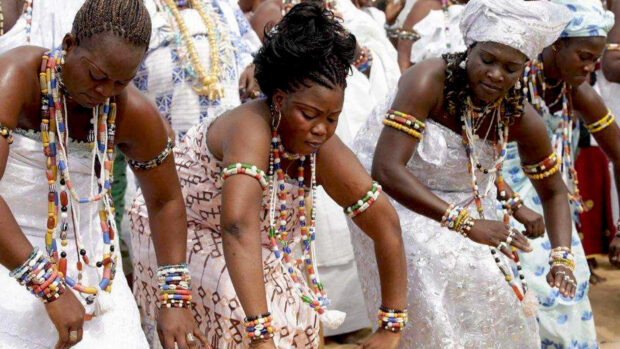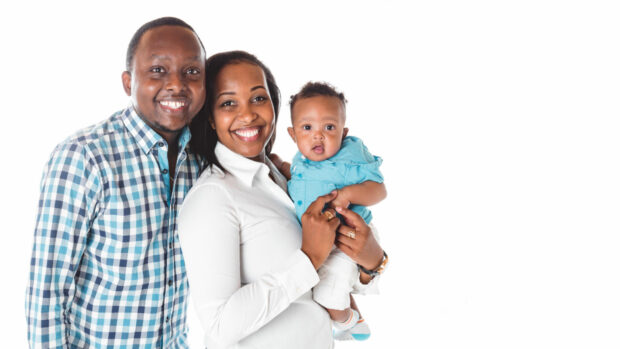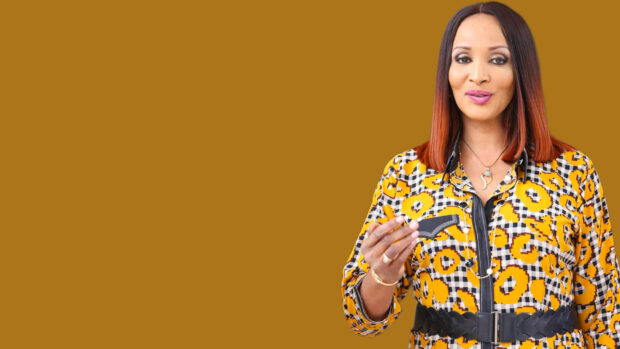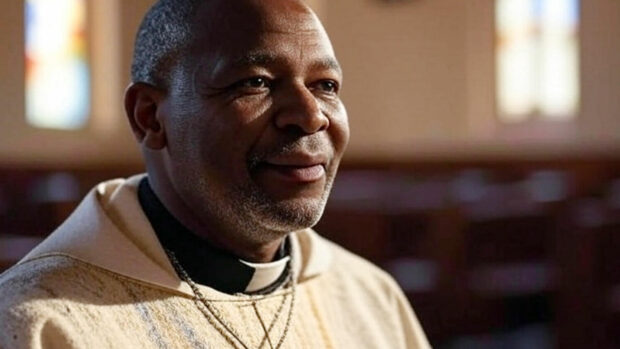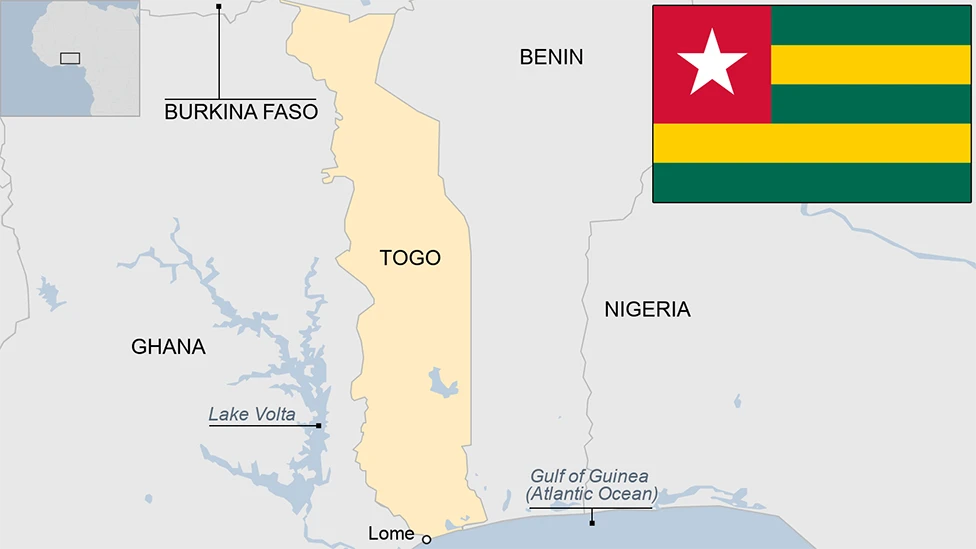
Introduction
Togo, a narrow strip of land on Africa’s west coast, is a nation rich in culture and natural resources but has faced decades of political turmoil and economic struggles. Despite being one of the world’s top phosphate producers, Togo remains heavily dependent on foreign aid, with ongoing concerns over governance and human rights.
In this blog post, we’ll explore Togo’s history, political landscape, economy, and key facts—providing a comprehensive overview of this West African nation.
Key Facts About Togo
- Capital: Lomé
- Area: 56,785 sq km
- Population: 8.4 million
- Languages: French (official), Ewe, Kabiye
- Life Expectancy: 60 years (men), 62 years (women)
- Notable Landmark: Koutammakou (a UNESCO World Heritage Site)
Political Landscape: A Legacy of Dynastic Rule
Togo gained independence from France in 1960 but has struggled with political instability ever since.
Current Leader: President Faure Gnassingbé Eyadéma
Faure Gnassingbé took power in 2005 after the death of his father, Gnassingbé Eyadéma, who ruled for 38 years with an authoritarian grip. His succession sparked protests and international condemnation, leading to a disputed election that he won.
Since then, Faure has been re-elected multiple times (2010, 2015, 2020), with opposition groups alleging electoral fraud.
2024 Constitutional Changes: A Controversial Shift
In 2024, Togo’s parliament approved a new constitution that:
- Extended presidential terms
- Shifted from a presidential to a parliamentary system
- Created a new “President of the Council of Ministers” role
Supporters claim this reduces presidential powers, but critics argue it allows Faure to remain in power indefinitely—potentially until 2031 and beyond.
Economy: Rich in Resources, Yet Struggling
Togo is among the world’s top five phosphate producers, a key ingredient in fertilizers. However, economic growth has been slow due to:
- Dependence on foreign aid
- Political instability
- Limited diversification
Efforts to boost trade include Togo’s 2022 entry into the Commonwealth, alongside Gabon, signaling a push for stronger international ties.
Media Freedom: Under Pressure
While Togo has a varied media landscape, press freedom fluctuates with political tensions. Reporters Without Borders (RSF) notes that:
“The state and political figures exert strong influence on how news is handled.”
During elections, journalists face increased pressure, raising concerns about censorship and biased reporting.
Historical Timeline of Togo
- 15th–17th Centuries: Ewe and Ane clans settle in the region.
- 16th–19th Centuries: Coastal area becomes a hub for the transatlantic slave trade.
- 1884: Germany establishes the protectorate of Togoland.
- 1914–1918: After WWI, Togoland is split between British and French rule.
- 1957: British Togoland merges with Ghana, while French Togoland moves toward independence.
- 1960: Togo gains full independence.
- 1963: First president, Sylvanus Olympio, is assassinated in a coup involving Gnassingbé Eyadéma.
- 1967–2005: Eyadéma rules as a dictator.
- 2005–Present: His son, Faure Gnassingbé, continues the dynasty amid ongoing protests.
Final Thoughts: What’s Next for Togo?
Togo stands at a crossroads—its economy holds potential, but political reforms and human rights improvements are crucial for long-term stability.
Want to learn more about African geopolitics and economic trends? Subscribe to our newsletter for in-depth analyses and updates!
